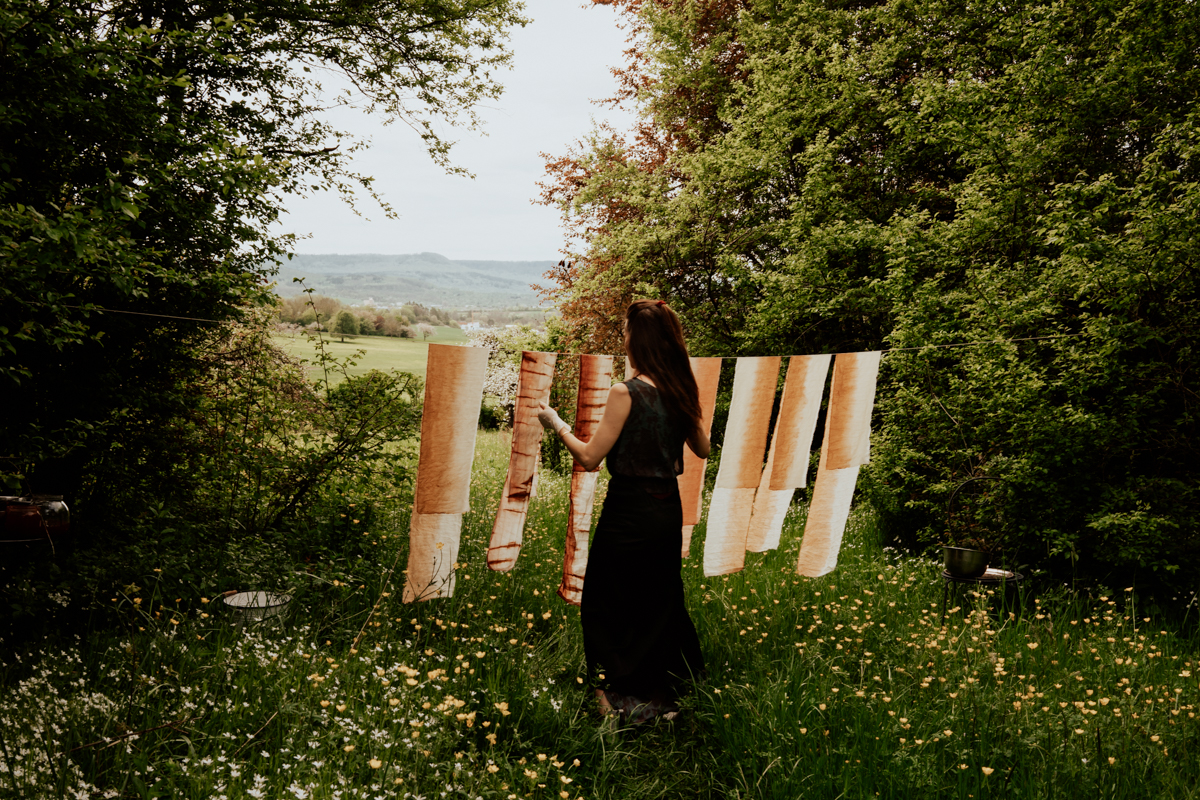What is style anyway?
What is style anyway?
This week I`ve done some research about style for an article that I`m writing. I`ve never really thought about what style or “finding your style” really means. In the German dictionary, style is described as „a characteristic way to express something”.
Thus, style really is to wear what matches our own uniqueness and our character. Outfits that “click” with us. When we wear something and, when checking ourselves in the mirror, think: Yes. Or, when we are out and about not wondering at all whether we are dressed well or not, because we just feel comfortable and “right”.
Once you are real...
When people are truly themselves and authentic, their unique beauty actually radiates. That makes perfect sense because each of us is intentionally created as one of a kind. There is a nice quote by Margery Williams from her children`s book “The Velveteen Rabbit”: “…once you are Real you can`t be ugly, except to people who don`t understand.”
So whether we`re dressing for a photoshoot or for an ordinary day: the garments that will make us look most beautiful are those which encourage us to be authentic, “ourselves”, and real.
Was soll das überhaupt sein: Stil?
Diese Woche habe ich ein bisschen über Stil recherchiert für einen Artikel, den ich schreibe. Ich habe nie so wirklich darüber nachgedacht, was Stil oder „seinen Stil finden“ wirklich bedeutet. Im Duden wird Stil so beschrieben: „Stil ist eine durch Besonderheiten geprägte Art und Weise, etwas auszudrücken“.
Stil heißt also vor allem, das zu tragen, das zu unseren Besonderheiten passt und unserer Persönlichkeit entspricht. Outfits, mit denen es „klick macht“. Das heißt: Wenn wir was anhaben und vor dem Spiegel denken: Ja. Oder wenn wir unterwegs sind und uns überhaupt nicht fragen, ob wir nun gut oder nicht so gut angezogen sind, weil wir uns einfach wohl und „passend“ fühlen.
Wenn du erst einmal echt bist...
Wenn Leute authentisch und echt sind, dann strahlt ihre einzigartige Schönheit, die kein anderer hat. Das macht auch Sinn, denn wir sind ja nicht ohne Grund alle einzigartig geschaffen. Dazu habe ich übrigens ein schönes Zitat gelesen: Es ist von Margery Williams aus ihrem Kinderbuch „Das Samtkaninchen“: „…wenn du erst einmal echt bist, kannst du gar nicht mehr hässlich sein, höchstens für Leute, die keine Ahnung haben.“
Ob wir uns also für ein Fotoshooting kleiden, oder auch einfach für einen ganz normalen Tag: Die Kleider, die uns am besten aussehen lassen, sind die, die uns dazu ermutigen, authentisch, „uns selbst“ und echt zu sein.







